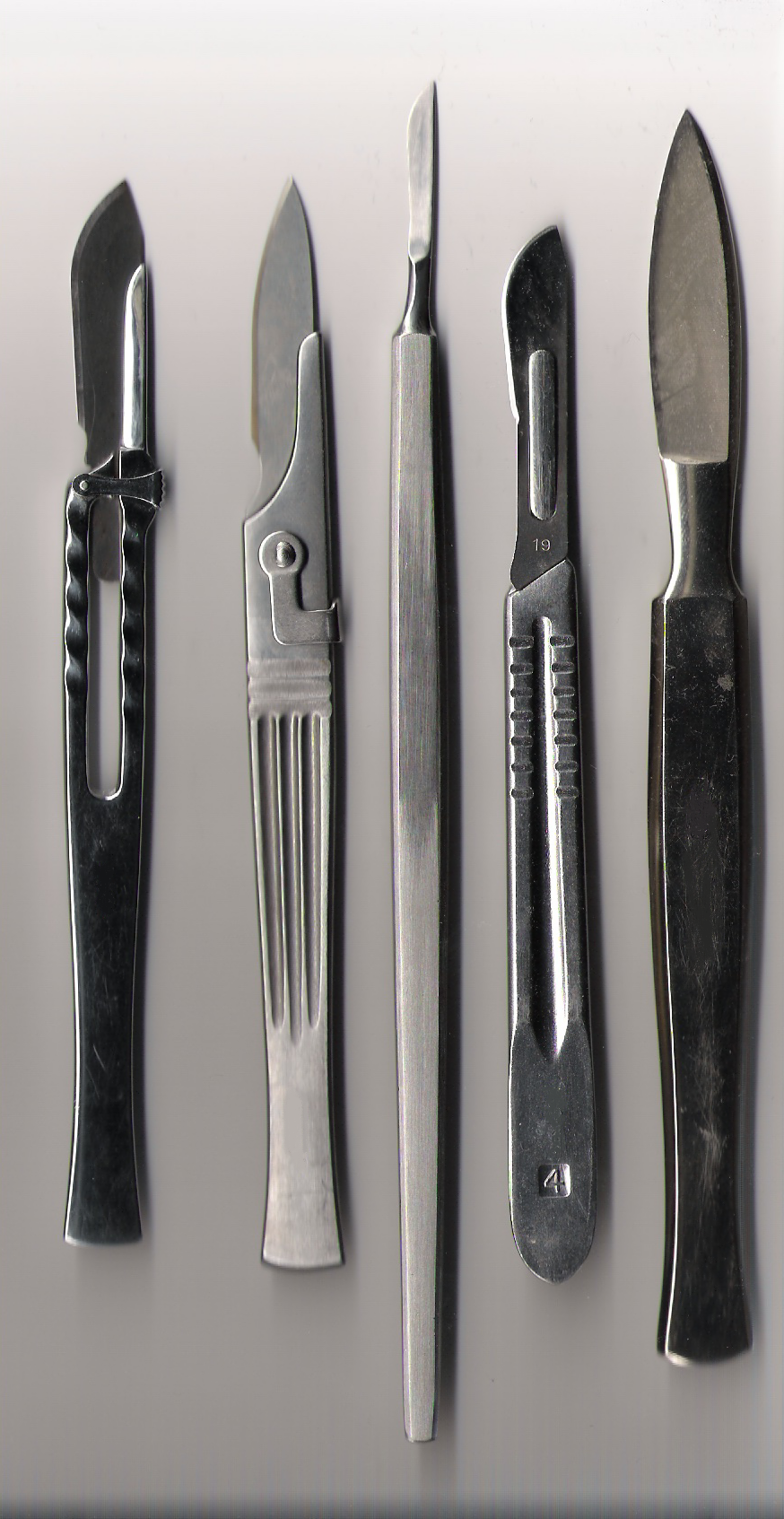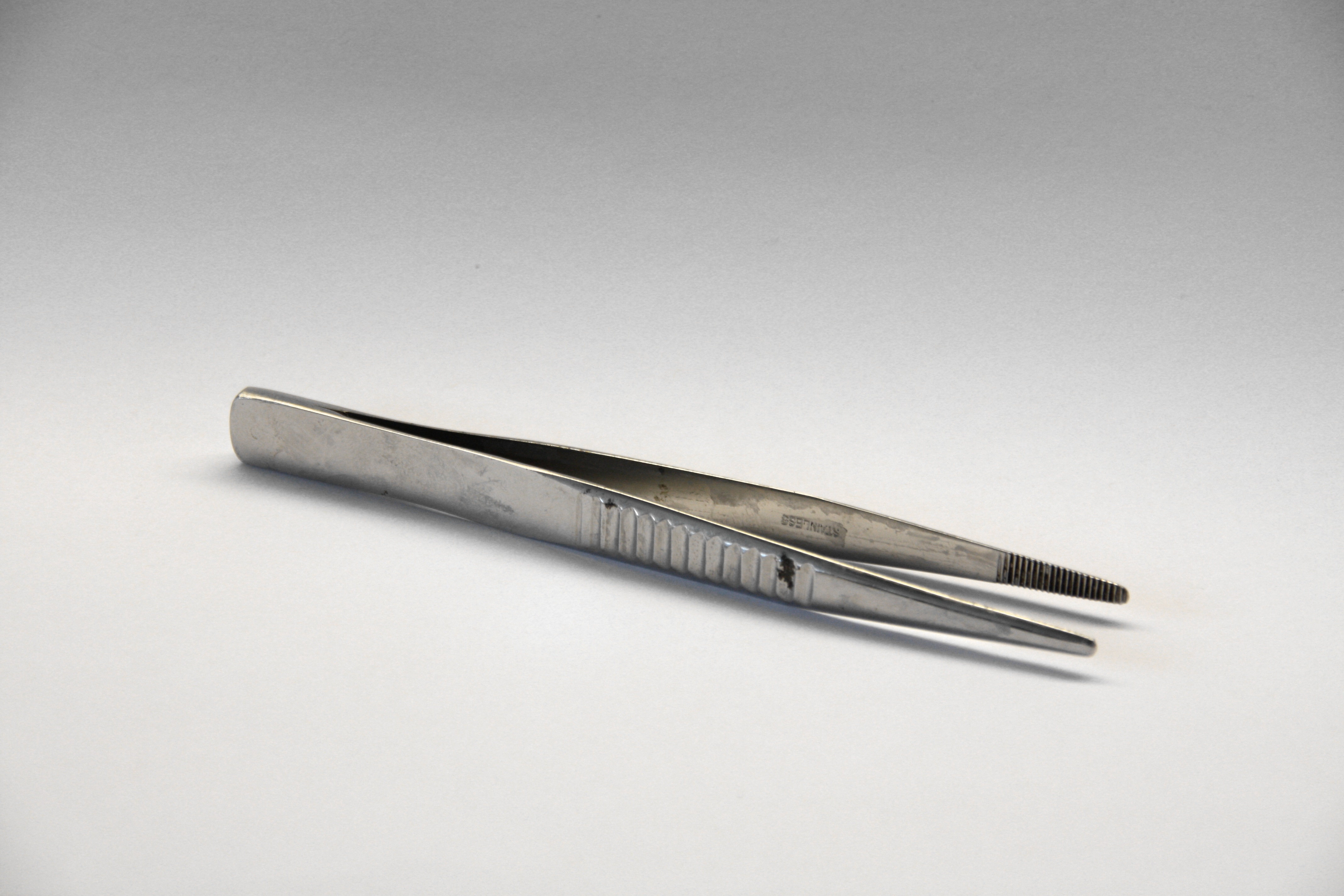|
Cranioclast
A cranioclast (from Greek κρανίον ''kranion'' "head, scull" and -κλάστης ''-klastes'' "breaker") is surgical instrument akin to a strong forceps. It was once used to crush and then extract the skull of a fetus so as to facilitate delivery in cases of obstructed labour. Pictures Image:Medical_Instruments_O&G_Cranioclast_open.jpg, Open Image:Medical_Instruments_O&G_Cranioclast_closed.jpg, Closed See also * Cephalotribe * Puerperal fever * Instruments used in general surgery There are many different surgical specialties, some of which require very specific kinds of surgical instruments to perform. General surgery is a specialty focused on the abdominal contents, as well as the thyroid gland, and diseases involving ... References {{reflist Surgical instruments ... [...More Info...] [...Related Items...] OR: [Wikipedia] [Google] [Baidu] |
Cephalotribe
A cephalotribe was a medical instrument used in obstetrics to crush the skull of stillborn fetuses (cephalotripsy). It was used in cases of obstructed labor (dystocia) to aid delivery.W.L. Richardson (January 3, 1878).Recent progress in obstetrics ''The Boston Medical and Surgical Journal'' 10–3. See also * Cranioclast * Puerperal fever * Instruments used in general surgery There are many different surgical specialties, some of which require very specific kinds of surgical instruments to perform. General surgery is a specialty focused on the abdominal contents, as well as the thyroid gland, and diseases involving ... References {{reflist Surgical instruments ... [...More Info...] [...Related Items...] OR: [Wikipedia] [Google] [Baidu] |
Greek Language
Greek ( el, label=Modern Greek, Ελληνικά, Elliniká, ; grc, Ἑλληνική, Hellēnikḗ) is an independent branch of the Indo-European family of languages, native to Greece, Cyprus, southern Italy (Calabria and Salento), southern Albania, and other regions of the Balkans, the Black Sea coast, Asia Minor, and the Eastern Mediterranean. It has the longest documented history of any Indo-European language, spanning at least 3,400 years of written records. Its writing system is the Greek alphabet, which has been used for approximately 2,800 years; previously, Greek was recorded in writing systems such as Linear B and the Cypriot syllabary. The alphabet arose from the Phoenician script and was in turn the basis of the Latin, Cyrillic, Armenian, Coptic, Gothic, and many other writing systems. The Greek language holds a very important place in the history of the Western world. Beginning with the epics of Homer, ancient Greek literature includes many works of lasting impo ... [...More Info...] [...Related Items...] OR: [Wikipedia] [Google] [Baidu] |
Surgical Instrument
A surgical instrument is a tool or device for performing specific actions or carrying out desired effects during a surgery or operation, such as modifying biological tissue, or to provide access for viewing it. Over time, many different kinds of surgical instruments and tools have been invented. Some surgical instruments are designed for general use in all sorts of surgeries, while others are designed for only certain specialties or specific procedures. Classification of surgical instruments helps surgeons to understand the functions and purposes of the instruments. With the goal of optimizing surgical results and performing more difficult operations, more instruments continue to be invented in the modern era. History Many different kinds of surgical instruments and tools have been invented and some have been repurposed as medical knowledge and surgical practices have developed. As surgery practice diversified, some tools are advanced for higher accuracy and stability while som ... [...More Info...] [...Related Items...] OR: [Wikipedia] [Google] [Baidu] |
Forceps
Forceps (plural forceps or considered a plural noun without a singular, often a pair of forceps; the Latin plural ''forcipes'' is no longer recorded in most dictionaries) are a handheld, hinged instrument used for grasping and holding objects. Forceps are used when fingers are too large to grasp small objects or when many objects needed to be held at one time while the hands are used to perform a task. The term "forceps" is used almost exclusively in the fields of biology and medicine. Outside biology and medicine, people usually refer to forceps as tweezers, tongs, pliers, clips or clamps. Mechanically, forceps employ the principle of the lever to grasp and apply pressure. Depending on their function, basic surgical forceps can be categorized into the following groups: # Non-disposable forceps. They should withstand various kinds of physical and chemical effects of body fluids, secretions, cleaning agents, and sterilization methods. # Disposable forceps. They are usually made o ... [...More Info...] [...Related Items...] OR: [Wikipedia] [Google] [Baidu] |
Fetus
A fetus or foetus (; plural fetuses, feti, foetuses, or foeti) is the unborn offspring that develops from an animal embryo. Following embryonic development the fetal stage of development takes place. In human prenatal development, fetal development begins from the ninth week after fertilization (or eleventh week gestational age) and continues until birth. Prenatal development is a continuum, with no clear defining feature distinguishing an embryo from a fetus. However, a fetus is characterized by the presence of all the major body organs, though they will not yet be fully developed and functional and some not yet situated in their final anatomical location. Etymology The word ''fetus'' (plural ''fetuses'' or '' feti'') is related to the Latin '' fētus'' ("offspring", "bringing forth", "hatching of young") and the Greek "φυτώ" to plant. The word "fetus" was used by Ovid in Metamorphoses, book 1, line 104. The predominant British, Irish, and Commonwealth spelling is '' ... [...More Info...] [...Related Items...] OR: [Wikipedia] [Google] [Baidu] |
Puerperal Fever
Postpartum infections, also known as childbed fever and puerperal fever, are any bacterial infections of the female reproductive tract following childbirth or miscarriage. Signs and symptoms usually include a fever greater than , chills, lower abdominal pain, and possibly bad-smelling vaginal discharge. It usually occurs after the first 24 hours and within the first ten days following delivery. The most common infection is that of the uterus and surrounding tissues known as puerperal sepsis, postpartum metritis, or postpartum endometritis. Risk factors include Caesarean section (C-section), the presence of certain bacteria such as group B streptococcus in the vagina, premature rupture of membranes, multiple vaginal exams, manual removal of the placenta, and prolonged labour among others. Most infections involve a number of types of bacteria. Diagnosis is rarely helped by culturing of the vagina or blood. In those who do not improve, medical imaging may be required. Other causes ... [...More Info...] [...Related Items...] OR: [Wikipedia] [Google] [Baidu] |
Instruments Used In General Surgery
There are many different surgical specialties, some of which require very specific kinds of surgical instruments to perform. General surgery is a specialty focused on the abdominal contents, as well as the thyroid gland, and diseases involving skin, breasts, various soft tissues, trauma, peripheral vascular disease, hernias, and endoscopic procedures. This page is dedicated specifically to listing surgical instruments used in general surgery. Instruments can be classified in many ways - but broadly speaking, there are five kinds of instruments. # Cutting and dissecting instruments: #*Scalpels, scissors, and saws are the most traditional #*Elevators can be both cutting and lifting/retracting #*Although the term dissection is broad, energy devices such as diathermy/cautery are often used as more modern alternatives. # Grasping or holding instruments: #*Classically this included forceps and clamps predominantly #*Roughly, forceps can be divided into traumatic (tissue crushin ... [...More Info...] [...Related Items...] OR: [Wikipedia] [Google] [Baidu] |





